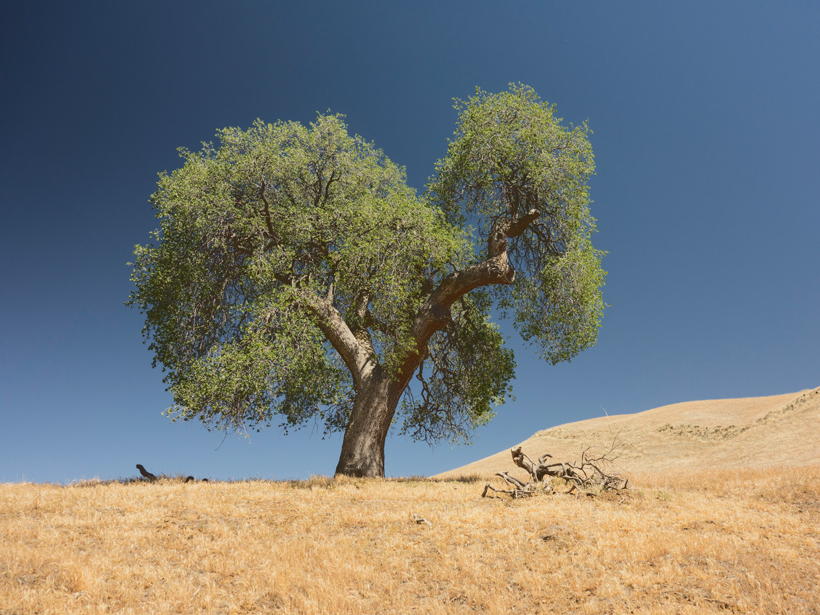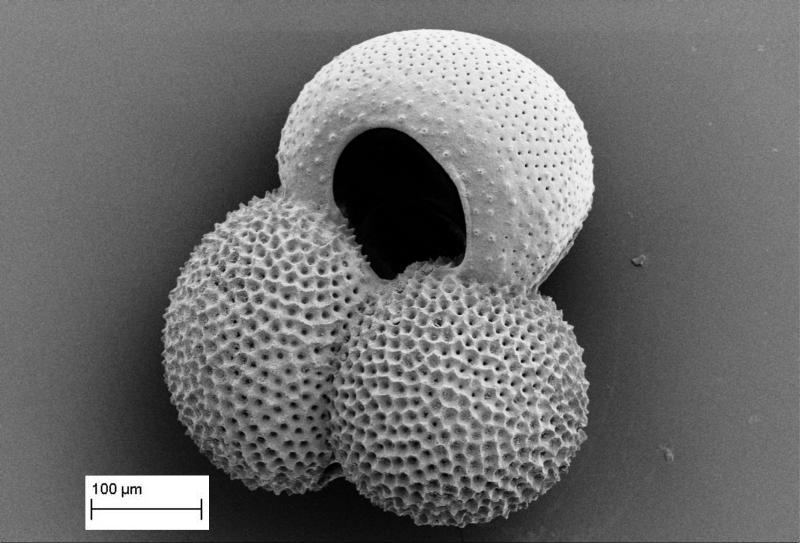Sediment cores from a Massachusetts pond help suggest that as ocean temperatures rise, the occurrence of severe hurricanes along North America's Atlantic coast will increase.
paleoclimatology & paleoceanography
California's 2012–2014 Drought Unusual for Last Millennium
Soil moisture estimates, inferred from thousands of tree rings spanning the past 12 centuries, highlight the severity of the recent record-breaking drought.
Climate and Ocean Dynamics During the Cretaceous
Exploring the Cretaceous World with Data and Numerical Models; Capo Granitola, 2–4 October 2014
Glacial Debris Hints at Ancient Climate Change
Interspersed layers of debris in some of Antarctica's glaciers give clues to ancient swings in climate.
What Drove Sea Surface Temperature Change During the Pleistocene?
New information suggests that atmospheric carbon dioxide concentration was just one of the main drivers of warming sea surface temperatures in the Pleistocene.
Developing Databases of Ancient Sea Level and Ice Sheet Extents
PALSEA2 Workshop;
Lochinver, Scotland, 16–22 September 2014
Tracking Down a Subduction Zone Earthquake
Researchers use computer simulations to find the date and earthquake source of an ancient tsunami that deposited sediment in a Hawaii sinkhole.
Wave Ripples Spaced by Flow Downstream of Ripple Peaks
The well-known ratio between sand ripple spacing and wave-driven flow oscillations may be dictated by flow dynamics downstream of ripple crests.
Reading History From Afar
A look at the sedimentary record in northern Ethiopia tells the story of oceans past—and maybe future.
Ancient Earthquakes Made an Island Rise and Fall
Observations track elevation changes of an island in the Kodiak Archipelago to past ruptures of the Alaska-Aleutian megathrust fault.










